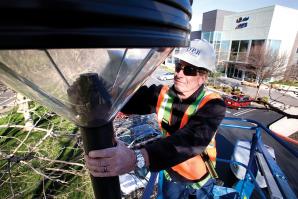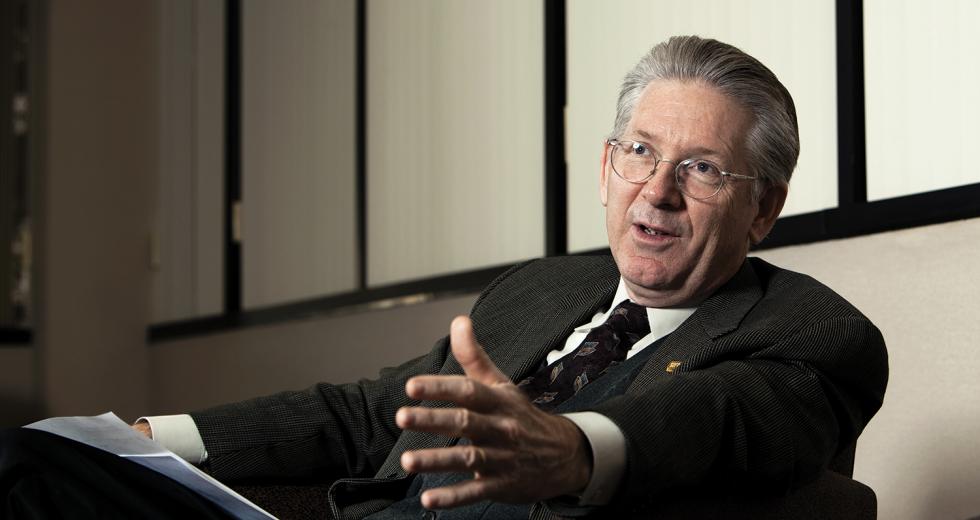For credit unions, the ability to provide services in the face of disaster is the measure of a job well done. As recommended by the Federal Financial Institutions Examination Council, North Highlands-based Safe Credit Union tests its emergency contingency plans once a year, simulating a disaster that wipes out a data center or branch. The financial institution also hires a third party to try to hack into the system, looking for possible weaknesses in real time. But when a windstorm hit the area in February, knocking out a central call center, the value of having three centers that could take over at a moment’s notice scored points with customers and analysts. “It was the ultimate test,” says Safe President and CEO Henry Wirz.
Safe is not alone, however. Along with most of the other credit unions in the region, it’s signed up with Financial Service Centers Cooperative Inc., which makes 4,000 branches and 25,000 automated teller machines available to customers nationwide. These affiliates can do everything from take deposits to cash checks. “Credit unions are naturally very cooperative when it comes to finding ways to service our members,” says Bonnie Kramer, executive vice president for the cooperative. The real-time shared information was integral to members’ ability to access cash, even without identification, during disasters such as the San Diego fires and Hurricane Katrina.
Tina Ramos-Ingold, a community outreach specialist for the California and Nevada Credit Union Leagues, says another coordinated effort by credit unions is cuaid.coop, an online disaster relief fundraising site. The website is run by the National Credit Union Foundation in Madison, Wis., and quickly raised more than $1 million in Internet donations for earthquake victims in Haiti.
The real-time information systems used by credit unions today are far ahead of the days when backup tapes from multiple servers were transported daily to remote locations.
Now, all data fits on servers in seismically reinforced offices, updating continually through high-speed Internet connections. The increased redundancy and decreased hardware add failover capacity while decreasing energy consumption. The new disaster systems include more than just information storage. Automatic messaging is built into the system to text, call and email management if a problem occurs. It links executives to a disaster recovery plan and gives information on where to meet to plan the next steps. “Even catastrophic disasters can be recovered from quickly,” Wirz says.
Reacting quickly is important, but credit union executives are also focused on preventing disasters. Even the definition of what they are preparing for is changing. In addition to the physical threats of flooding, earthquake, gas pipe ruptures, plane crashes and rogue employees or citizens disrupting operations, electronic threats have moved up on the list. “The security of the worldwide Web keeps me up at night,” Wirz says. “We need to make sure the Internet is secure from outside threats. It’s a matter of national defense.”
More transactions are conducted on mobile devices and with debit cards. The banker’s day no longer ends at 3 p.m. on Friday. Transactions are conducted at all hours and even outside the security of a bank vault. “Every part has to be protected to keep accounts safe, including the merchant and the customer,” Wirz says. He points to identity theft that occurred last summer at a Roseville restaurant. “It’s a different kind of disaster, but it is just as damaging to the person experiencing it.”
Recommended For You

Sustaining Security
Finding solutions when safety measures and green principles collide
Sometimes, a building’s security needs can pop up unexpectedly during the design process.

Waterborne Disorder
In the event of flood, area hospitals are at risk
In the hours before Hurricane Sandy hit New York last year, the country’s oldest public hospital thought it was ready.



